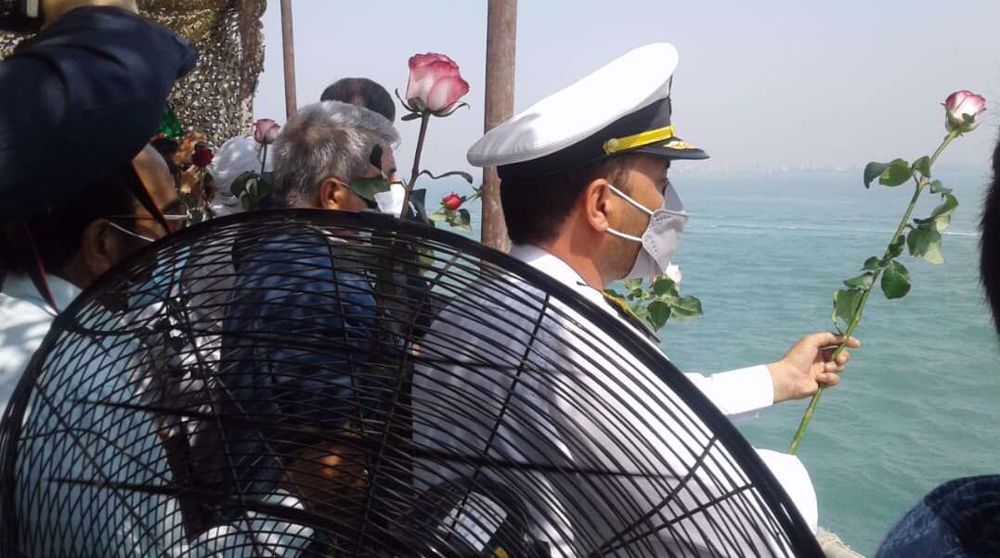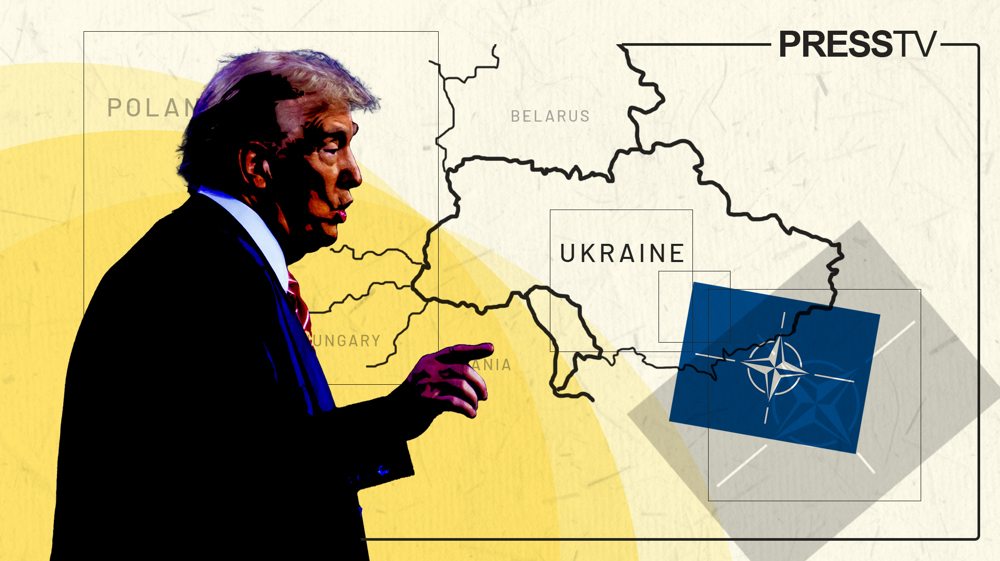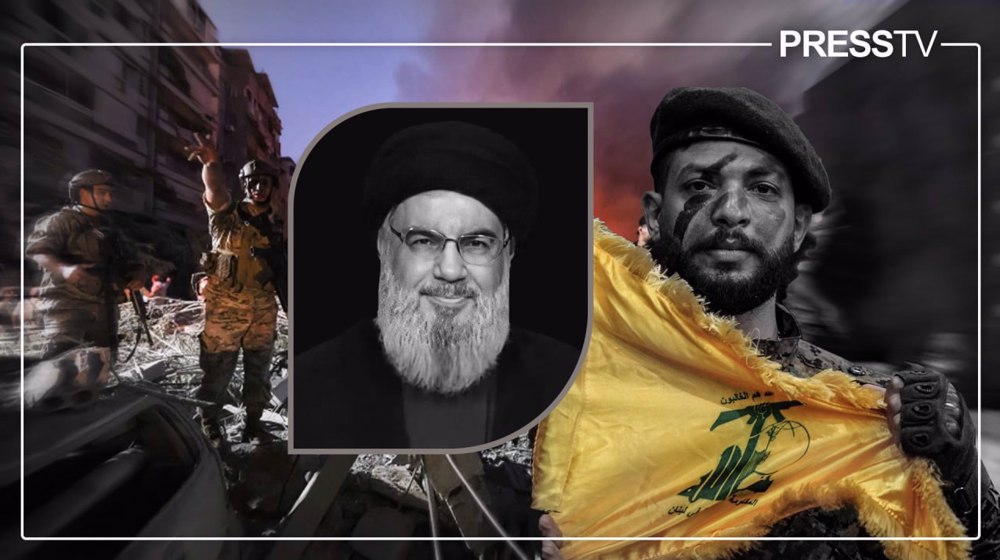The share of Iran’s navy in the victory of the resistance
By Mehrdad Torabi
Leader of the Islamic Revolution Ayatollah Seyed Ali Khamenei in a message to Army Commander Major General Abdolrahim Mousavi praised the mighty and honorable return of the 75th Fleet of the Islamic Republic of Iran Army’s Navy from the mission of voyaging in the Atlantic Ocean.
“Today, thank God,” he lauded “the Army of the Islamic Republic of Iran is present on the scene with its insightful, devoted and tireless staff, ready to fight for the noble causes of the glorious Islamic Revolution,” and ordered the Navy to maintain and upgrade these capabilities.
The motivation point for the Islamic Republic to empower its naval forces and capabilities vis-à-vis hypocritical promises of the so-called liberal world about peace can be traced back to a chain of events that happened between 1984 to 1988, the Tanker War during the Ba'athist regime of Iraq’s invasion of Iran.
Tactically defeated in front lines, the US came to strategically help Saddam, who was now bombing Iranian cities and using chemical weapons against the civilian population. For the US’ direct intervention in the Persian Gulf and the Strait of Hormuz to curb Iran’s oil output failed to reverse Iran’s advancements in the course of War, the Tanker War against Iran was deliberately transformed to terrorist tactics from the part of the US and its allies. US Navy Capt. Will C. Rogers III was awarded Legion of Merit (medal for crime) for his Persian Gulf operations which included the 1988 shooting down of the Iranian civilian airliner killing 290 innocent people on board.
To hold out against the terrors of the US empire and its hegemonic order, Iran had soon realized that the navy had a significant, indeed critical, role to play in the future.
The Iranian Navy during the post-Iran-Iraq War era to counter threats not only focused on, and achieved, full sea control in the Persian Gulf, the Strait of Hormuz, and the sea of Oman, but it also has retained a capacity for power projection and sea denial elsewhere. The 75th fleet accomplished its task by crossing the Indian Ocean, the South Atlantic, and the North Atlantic, and traveling around 45,000 kilometers across the oceans and returning home.
What was achieved by the Iranian Navy with the deployment of this fleet, consisting of the homemade Sahand destroyer and the Makran support ship, can be said constitutes one of the largest historical Iranian military events at sea.
Not only these three concepts should be seen as a rational strategic response to the Islamic Republic’s security concerns, sea denial, sea control, and power projection are directly involved in Iran’s nuclear strategy, the JCPOA, and its plan of action to counter the US’ economic terrorism.
The connectivity of the sea, allied to the bulk transport capacity of ships, ensures that around 96 percent of global trade travels by sea. Equally importantly, it offers navies the capacity to maneuver on a global scale while acting as a barrier to those unable to use it.
For the first time in her 8000-year old glorious history, #Iran's largest Navy ship has entered the Atlantic Ocean.
— Iran Military (@Iran_Military) June 6, 2021
This is just the beginning. pic.twitter.com/Q2hCzFVvSr
Without a powerful navy force, it would be impossible for the sanctioned nations to withstand the US’ unilateral economic siege. Iranian tankers reached South America, Syria, Lebanon, and so on because free trade, in liberal-imperialism world order with its rules strictly exclusive to serve the interests of the powerful, was made possible by these revolutionary forces.
The Zionist enemy and its global patrons knew a decisive naval power could repel the so-called “maximum pressure” campaign. After the US unilaterally withdrew from the JCPOA, Iran’s nuclear deal, the West in line with the US imperialist objectives resorted to confiscating and targeting Iranian shipments, undermining their own legitimacy and existential philosophy of the era of liberal enlightenment.
A British oil tanker confiscated in the Strait of Hormuz, when the United Kingdom seized Iran’s oil shipment in an act of piracy, meant that the era of the UK’s naval dominance was over and that now Iranian oil tankers could dock anywhere in defiance of US sanctions. In a way, it can be said that the navy of the Islamic Republic of Iran, both the army and the IRGC, in addition to providing security, has also been responsible for securing Iran’s nuclear deterrence strategy as well as countering the imposed sanctions.
These can be considered as pushing factors for the reinforcement of the Iranian navy in recent years, and for this reason the navy has been instructed to increase its capabilities. In the meantime, with satellite technology, and as the Islamic Republic’s UAV programs are transforming the region of West Asia, the Iranian Navy is increasingly looking for a joint approach with the Air Force.
In addition to counting on technological developments as a solution to modern warfare, close cooperation between the air, missile and naval forces (joint operations) is expected to form a major part of the future activities of the navy of the Islamic Republic of Iran.
(Torabi is a postgraduate student of International Relations at the University of Bologna, department of political sciences.)
(The views expressed in this article do not necessarily reflect those of Press TV.)
IRGC: Yemeni attacks change Israel’s calculations amid regime’s joy over Syria
Hamas calls for action against Israeli settler incursions into al-Aqsa Mosque
'Hell of the hell': UNRWA blasts Israel’s months-long deadly siege on northern Gaza
VIDEO | Israel wipes out northern Gaza
VIDEO | Press TV's news headlines
Israel kills 5 Palestinian journalists in front of Al-Awda Hospital in Gaza
VIDEO | Gaza ceasefire obstacles
VIDEO | Pakistani Christians mark Christmas in solidarity with Palestine











 This makes it easy to access the Press TV website
This makes it easy to access the Press TV website